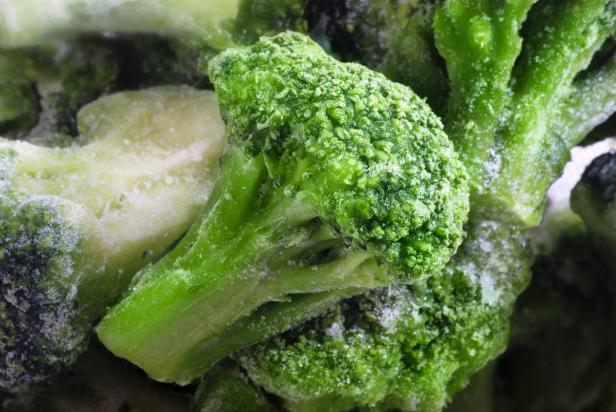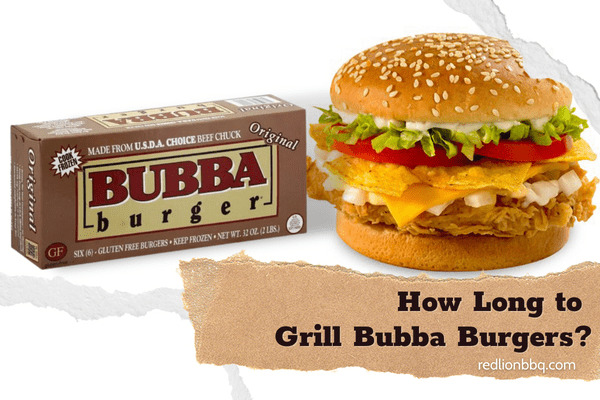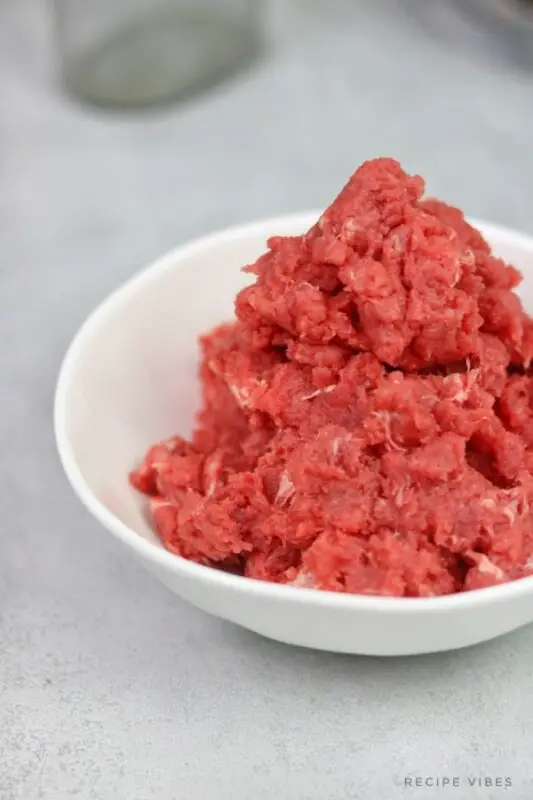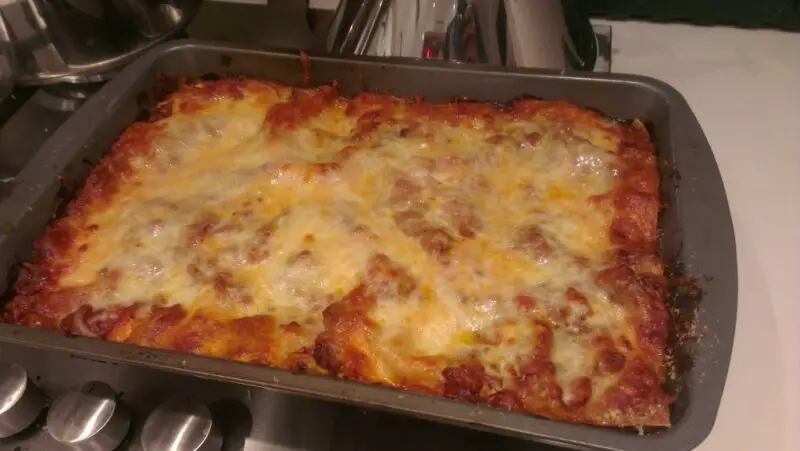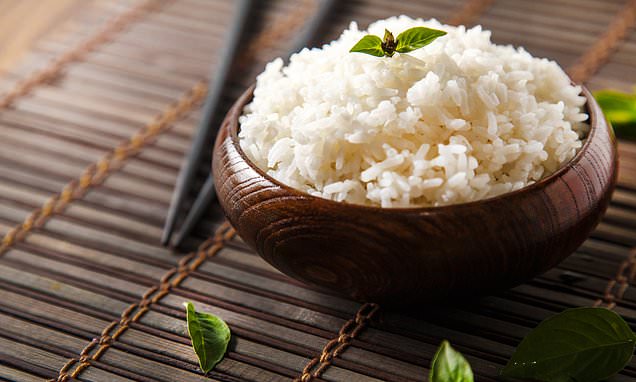How Long Can Tuna Pasta Stay in the Fridge?
Are you wondering how long you can keep your tuna pasta in the fridge? While tuna pasta is an easy-to-make dish that can be served hot or cold, it’s important to store it correctly to prevent foodborne illness. In this article, we’ll discuss the factors affecting the storage of tuna pasta, how to store it properly, its shelf life, and signs that it has gone bad.
Factors Affecting Storage of Tuna Pasta
Before we discuss how to store tuna pasta, it’s essential to understand the factors that affect its storage. These include temperature, moisture content, and airflow. Temperature plays a significant role in how long your food can stay fresh. Foods stored at temperatures above 40 degrees Fahrenheit are susceptible to bacterial growth.
Moisture content affects the texture and taste of food. Too much moisture can cause food to become soggy and develop mold. On the other hand, a lack of moisture can cause food to dry out and become stale or rancid.
Airflow also plays a crucial part in food storage. Proper airflow helps in keeping foods fresh for longer periods by allowing them to stay at optimal temperatures and preventing condensation from building up.
Storing Tuna Pasta in the Fridge
Now that you know what affects the storage of tuna pasta let us discuss how to store it properly.
Cool Down Tuna Pasta Before Storing
The first step when storing tuna pasta is to let it cool down after cooking before placing it in the fridge. This will prevent it from steaming inside an airtight container, causing condensation and making the food soggy or reducing its shelf life.
Place Tuna Pasta in an Airtight Container
Place the cooled tuna pasta in an airtight container. This will keep it fresh for longer by preventing exposure to oxygen, which can cause oxidation and encourage bacterial growth. An airtight container will also keep other food odors from affecting your tuna pasta’s flavor.
Label the Container with the Date of Storage
Label the container with the date of storage, so you know when it was made. This way, you can keep track of its shelf life and prevent consuming expired food.
Tips on How to Maximize Shelf Life
Here are some tips on how to maximize the shelf life of your cooled tuna pasta:
- Store it at or below 40 degrees Fahrenheit in the fridge
- Avoid keeping tuna pasta near raw meats or seafood because raw meat juices can contaminate your leftover pasta and cause it to spoil faster.
- Avoid exposing your tuna pasta to air as much as possible. If you’re taking it out of the fridge to serve, only take out what you’ll eat and not more than that.
Shelf Life of Tuna Pasta
You might be wondering how long you can keep your leftover tuna pasta in the fridge. Properly stored tuna pasta can last up to five days in the refrigerator before it spoils and becomes unsafe to eat. However, its shelf life may vary depending on various factors:
- Storage temperature: The cooler, the better since bacteria grows rapidly at temperatures above 40°F (4°C).
- Freshness of Ingredients: Fresh ingredients like tuna, pasta, and other essential components will have a significant impact on the dish’s shelf life. Older ingredients will increase the risk of spoilage.
- Cross-Contamination: If your tuna pasta has been exposed to bacteria or other contaminants before storage, it will have a shorter shelf life.
Signs that Tuna Pasta has Gone Bad
It’s essential to know when leftover tuna pasta has gone bad and should be thrown out. Here are some signs that your tuna pasta is no longer safe for consumption:
- Smell: If it has a sour or rancid odor, it’s time to chuck it out.
- Texture: If you see any slimy texture or feel a mushy texture, it’s better to err on the side of caution and avoid consuming it.
- Color: If the color of your tuna pasta has changed, and it looks off-putting than usual something might be wrong with it and it’s best to discard the food immediately.
Safe Handling and Preparation of Tuna Pasta
Tuna pasta may be delicious, but there are primary ways you need to handle and prepare before enjoying. The following guidelines can help you enjoy your tuna pasta dish safely:
- Wash Hands Before and After Handling: Wash your hands thoroughly before handling any food and after touching raw meat or seafood.
- Thawing Frozen Tuna Properly: Thaw frozen tuna quickly in the fridge overnight rather than thawing at room temperature to avoid bacterial growth.
- Proper Cooking Temperature: Ensure that the pasta is simmering at 165 degrees Fahrenheit (75°C) before eating to eliminate any harmful bacteria that may be present in the dish.
When to Throw Away Tuna Pasta?
You need to know when it’s time to discard your leftover tuna pasta.
- If It Has Been Left Out for More Than Two Hours at Room Temperature: If you leave your tuna pasta out for more than two hours at room temperature, throw it out. Bacteria grow quickly at room temperature, increasing the risk of foodborne illnesses.
- If It Has Developed Mold or Slimy Texture: If you notice mold formation or slimy texture on your pasta, throw it away immediately. This indicates bacterial growth on food, which can cause severe stomach illnesses if consumed.
The Risks of Eating Spoiled Tuna Pasta
Eating spoiled foods, especially fish products, comes with various health risks. Here are some of the side effects of consuming spoiled fish products like tuna pasta:
- Mercury poisoning: If you consume rotten tuna pasta that contains high levels of mercury, it can lead to mercury toxicity which can incur nerve damage and other adverse effects on mental health.
- Histamine toxicity: Histamine is commonly found in fish and can cause unpleasant symptoms. These symptoms include nausea, diarrhea, headaches, flushing, and sweating.
- Scombrotoxin food poisoning: This type of food poisoning causes an allergic-like reaction resulting in flushing or hives around the face and neck area.
- Ciguatera fish poisoning: Fish that has eaten harmful algae which causes ciguatera toxin, which can result in serious neurological and gastrointestinal symptoms.
Frequently Asked Questions about Storing and Eating Tuna Pasta
Here are some frequently asked questions that may help clarify any doubts you have about storing and consuming tuna pasta:
- Can I freeze my leftover tuna pasta? Freezing tuna pasta is not recommended since freezing cooked pasta can change its texture and lead to a mushy quality when reheated.
- How long will tuna pasta last at room temperature? It is recommended to consume food at temperatures less than 40°F (4°C) since bacteria grows rapidly in the danger zone temperature. It’s not advisable to leave your tuna pasta out of the fridge for more than two hours.
- Is it okay to reheat leftovers? While it is permissible to reheat your leftover tuna pasta, ensure that it reaches a minimum internal temperature of 165 degrees Fahrenheit (75°C) before consuming.
Conclusion
To conclude, knowing how long tuna pasta can stay in the fridge is essential in preventing foodborne illness. We hope this article has enlightened you on proper storage, handling, preparation, and when to discard leftover tuna pasta safely. Remember always to follow safe food handling guidelines, maximize shelf life by storing properly, and be vigilant for signs of spoilage before consuming. Share with us your tips on prolonging the shelf life of your favorite dishes.
FAQs on How Long Can Tuna Pasta Stay in the Fridge?
1. How long can tuna pasta stay in the fridge?
Tuna pasta can stay fresh in the refrigerator for up to four days.
2. Can I eat tuna pasta that is past its expiration date?
No, you should never eat tuna pasta that has passed its expiration date. It can lead to food poisoning or other health complications.
3. How should you store tuna pasta in the fridge?
You should store tuna pasta in an airtight container and place it in the refrigerator immediately after cooking. This will help prevent bacteria from forming and extend its shelf life.
4. How can you tell if tuna pasta has gone bad?
If your tuna pasta smells sour or rancid, or if it has a strange color or texture, then it has likely gone bad. In this case, you should throw it away immediately.
5. Can you freeze tuna pasta?
Yes, you can freeze tuna pasta for up to three months. However, when thawing, make sure you reheat it thoroughly before consuming it to avoid any health risks.

